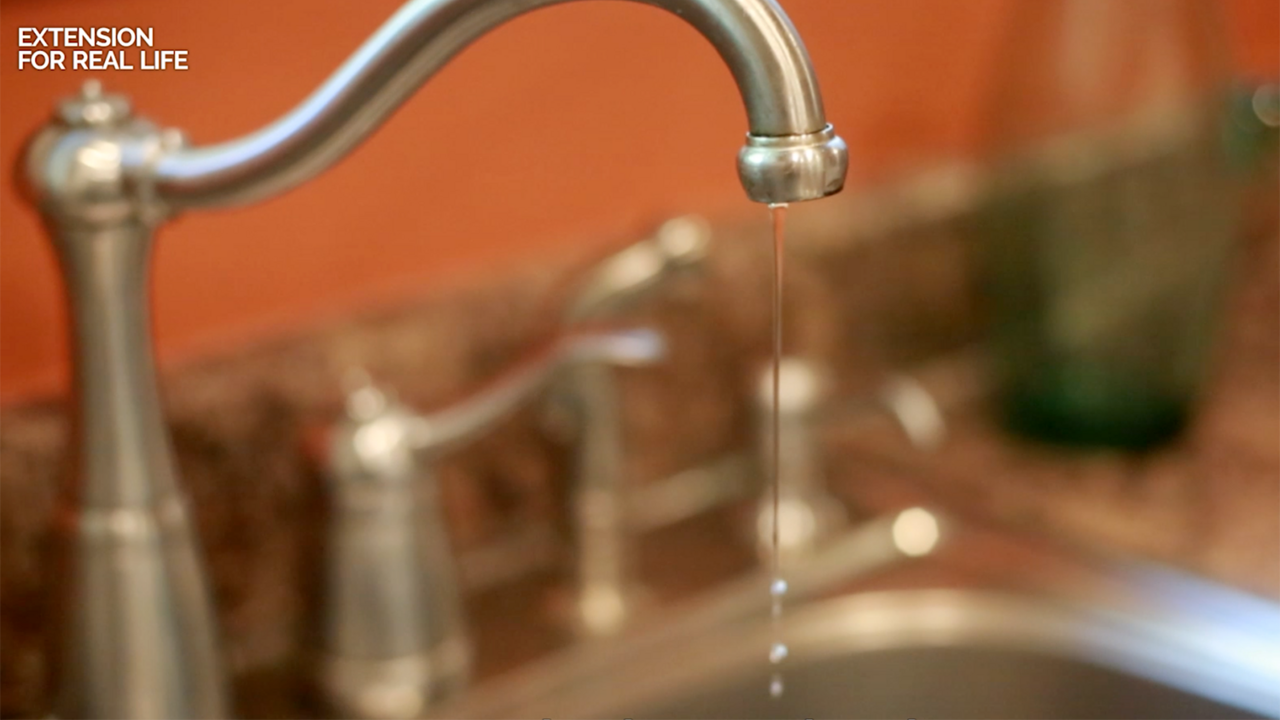Extension for Real Life
How to Properly Drip a Water Faucet

Screen Shot 2019-01-14 at 1.55.09 PM.png
Fortunately, we live in a state that doesn’t see a lot of bitterly cold winter weather. However, it can still get cold, even in the Deep South. When the weather forecast shows temperatures staying below freezing for several days, be prepared to drip your indoor faucets to keep your pipes from freezing and possibly breaking.
(Video by Michaela Parker)
FAQs:
- Which do I run, hot or cold water? Run the cold water faucet.
- How much water do I run? You need just a trickle of water to drip so that water is moving through the pipes consistently.
- How long do I run the water? Let the faucet drip until temperatures are consistently above freezing to be on the safe side.
- Isn’t it expensive to let the faucet drip? At the rate the water is dripping, it will fill a gallon pitcher in about an hour. At current rates, this will cost about 2 cents per night to drip one faucet. Much cheaper than broken pipes and water damage!
- Which faucet/s should I drip? If you know the farthest faucet from your water meter, you can run only that faucet and it will draw water all the way through the house.
- Can’t I just open the cabinet doors? Opening the cabinets to allow warm air into those enclosed spaces can help and is recommended. Typically this is effective in the kitchen and bathrooms. That said, most pipe problems happen in less accessible places. Uninsulated pipes in uninsulated spaces, especially garages, crawl spaces, and attics, are more likely to have problems with pipes freezing. That is why insulating exposed plumbing is so important.
Keeping pipes from freezing is not an exact science. There are steps you can and should take, but every house is unique. The measures you take depend on your particular house and its vulnerabilities, including where you choose to drip water, how well-insulated it is, etc. It also depends on the weather: how long temperatures stay below freezing and just how cold those temperatures get have an impact. You can't always prevent pipes from freezing, even if you do everything in your power to keep it from happening. But taking basic precautions, such as dripping a water faucet, is worth the extra time, effort, and amount of money spent on the water bill. And remember to avoid some common winter practices too!